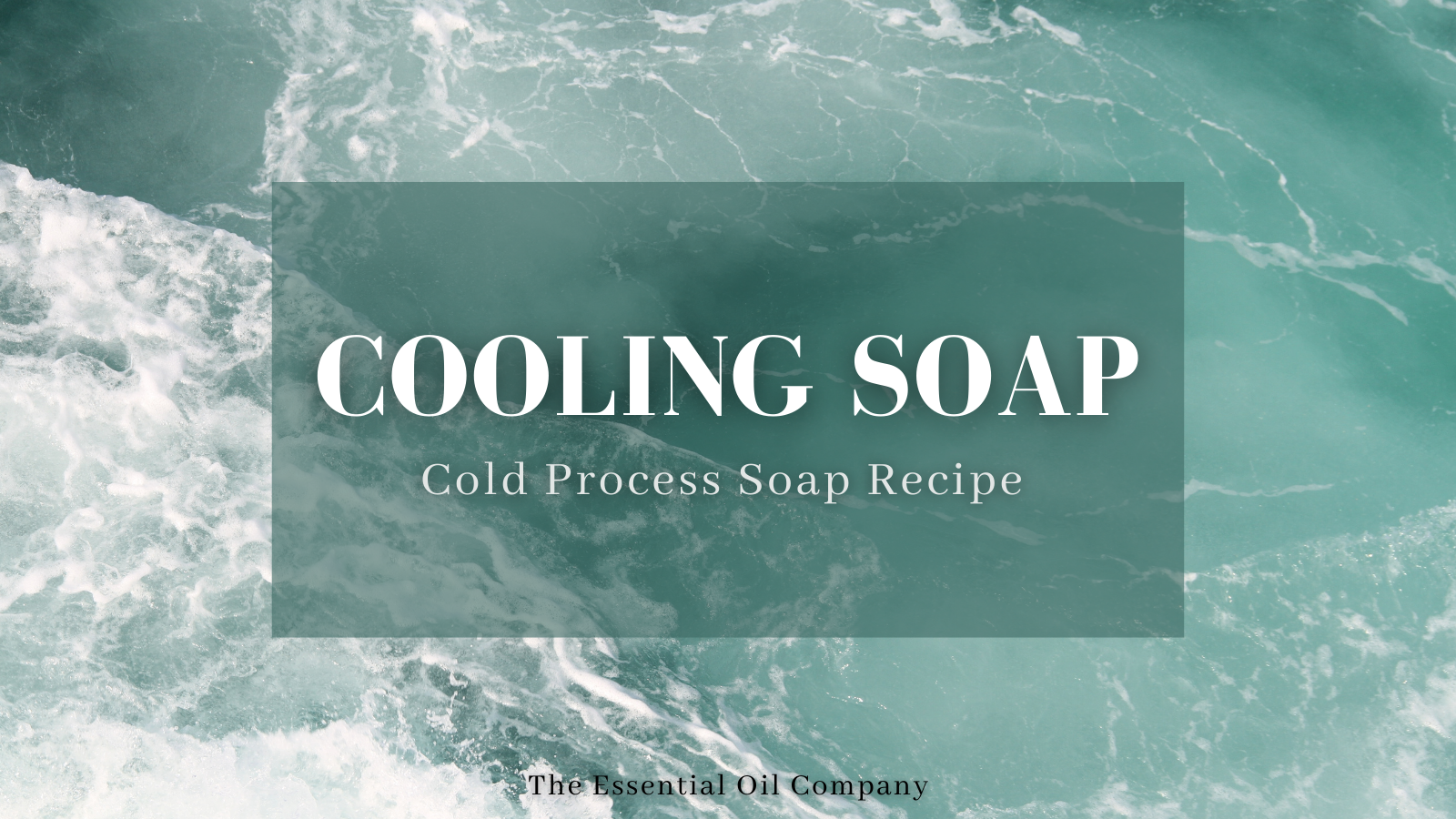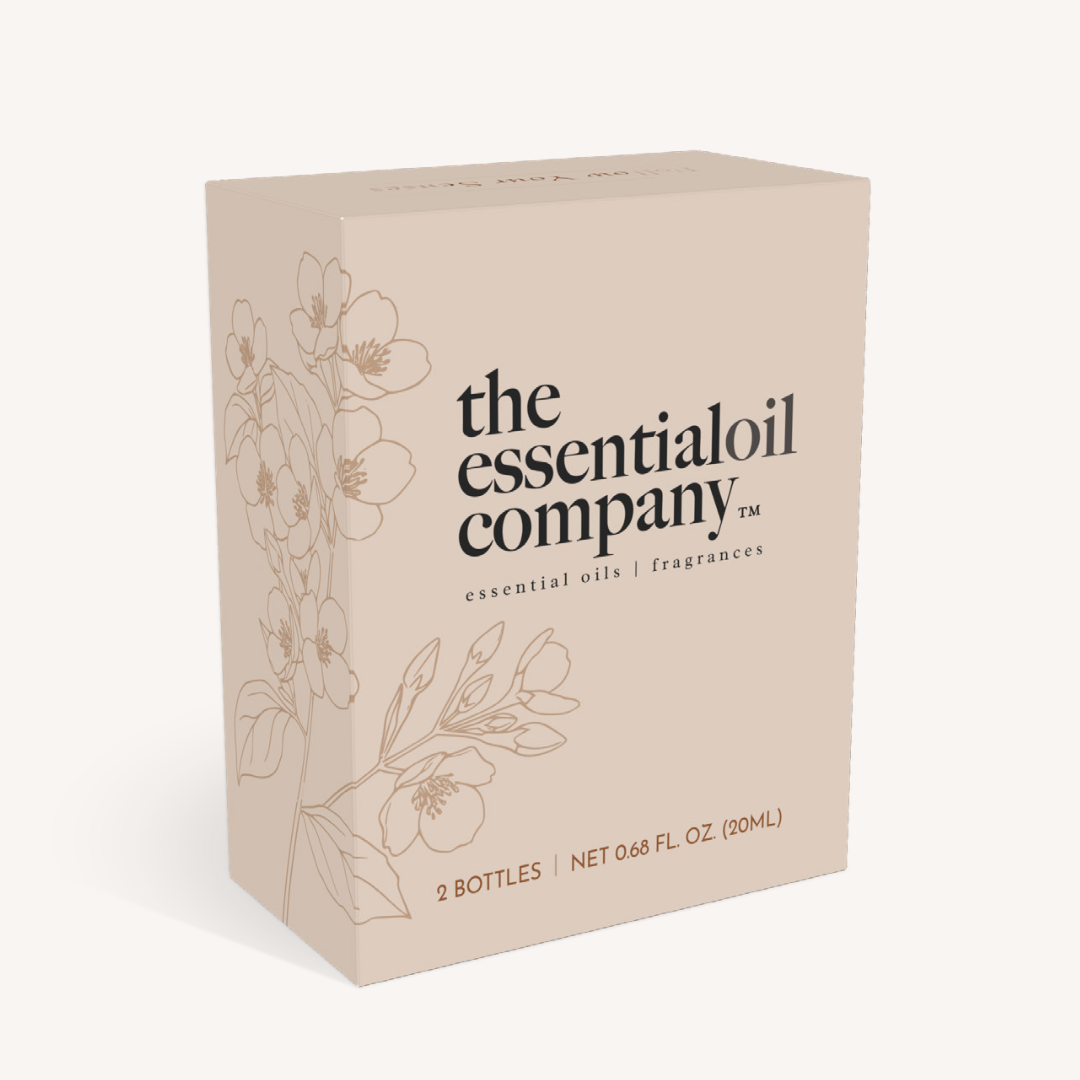A day spent splashing in the ocean, walking in the park, or any other fun summertime activity can leave us feeling hot and tired. A nice, refreshing shower can help us to wash off the day and get ready for the next adventure of the season. Using a tingly, cooling soap can help us beat the heat and refresh our skin after a day spent burning and sweating in the summer sun. Olive oil, coconut oil, and palm oil create a hard long-lasting bar with a smooth and creamy lather. Sweet Almond Oil adds extra moisturizing power to the soap and helps the refreshing essential oils to be easily absorbed into the skin. Menthol crystals add a fresh, invigorating aroma and a cooling refreshing sensation on the skin when the soap is used. Lavender and peppermint essential oils add more herbal freshness to the fragrance of the soap while also helping to soothe hot and inflamed skin and ease pain from potential sunburns.
Ingredients
- 4.8 oz of Olive Oil
- 4.8 oz of Coconut Oil
- 4.8 oz of Sustainably Sourced Palm Oil
- 1.6 oz of Sweet Almond Oil
- 2.29 oz of Sodium Hydroxide Lye
- 5.11 oz of Distilled Water
- 0.25 oz of Menthol Crystals
- 1 oz of Lavender Essential Oil
- 0.5 oz of Peppermint Essential Oil
Supplies
- Heat Safe Individual Soap Molds
- Immersion blender
- Digital kitchen scale
- Small bowl for essential oils
- Medium glass bowl for lye mixture
- Large glass or stainless steel bowl for oil
- Pot or double boiler
- Spoon or rubber spatula
- Gloves
- Safety glasses or goggles
Instructions
***Make sure to wear safety glasses or goggles, gloves, and long sleeve clothing. Working with lye and high temperatures requires caution and safe practices. Always make soap in a well-ventilated area.
- Measure and combine the essential oils and set them aside.
- Weigh each oil and add them to a large bowl. Place the bowl on top of a large pot that is about 1/3 full of water and bring the water to a boil. Heat the oil until fully melted, stirring occasionally.
- When the oils have melted, add menthol crystals and stir until they are fully dissolved.
- While the oil is melting, weigh out the lye and water in two separate bowls. Slowly add the lye to the water while gently stirring until the lye is fully dissolved and the liquid is clear.
- Let the oils and lye mixture both cool to 130 degrees or below, ensuring that they are within 10 degrees of each other.
- Place the immersion blender into the oil, tapping it on the bottom of the bowl to release any air bubbles. This is a safety precaution that prevents the bubbles from coming to the surface when you begin mixing in the lye.
- Slowly and gently pour the lye water into the oil. You can pour down the side of the bowl or down the shaft of the immersion blender to reduce the chance of splashing.
- Pulse the blender a few times, watching as the oils and lye start to combine. Switch between short pulses and stirring with the blender until the mixture comes together to a very light trace. This will allow time to add fragrance without the soap becoming too thick to work with.
- Working quickly, stir (do not blend) in the essential oil blend.
- Once the soap reaches about a medium trace, pour it into the mold or molds, scraping the bowl to ensure no soap is left behind. Tap the molds on the table or counter to release any trapped air bubbles.
- Allow the soap to sit in the molds for 48-72 hours at room temperature. Unmold the soap and allow it to cure for 4-6 weeks.
- Use and enjoy your handmade cooling soap on those hot summer days.
You may also enjoy:










